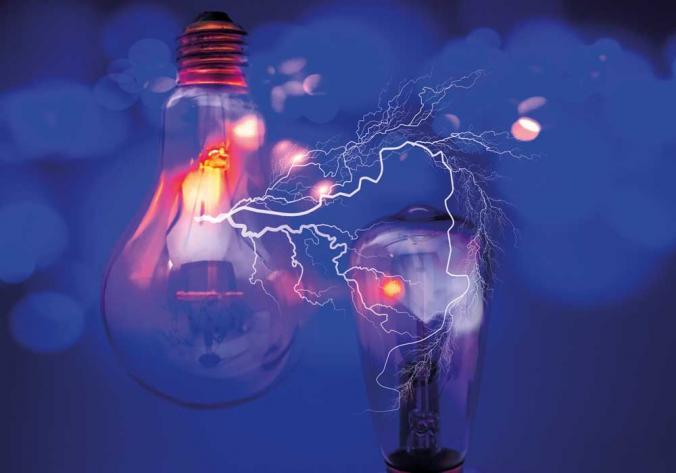Emission-Free, Efficient and Safe: The Future Urban Construction Site
A lot of work lies ahead for the construction industry: According to estimates, by 2050 two thirds of the world's population will live in large cities. At the same time, the industry is about to see massive changes through macro trends such as electric mobility, digitalization and assistance systems.
At the Bauma specialist trade fair in Munich, ZF proves that as a specialist for driveline and chassis technology, as well as networked system solutions, the Group is the ideal partner to overcome these challenges.
To date, around 50 percent of people around the world call a city their home; a trend that is on the rise. Is it any wonder? In both developing and emerging countries, large cities offer many advantages to their dwellers. The jobs market is better, and it's also easier to provide healthcare, education and other public services with lower costs per head than in rural areas. On the other hand, however, this development also comes with disadvantages: fine dust, fuel emissions and noise impact the environment and inhabitants alike. Countries and cities react with new regulations such as emissions standards, noise guidelines or diesel bans.
Vision Zero: Zero emissions, Zero accidents, Zero downtime
Ideally, the construction site of the future should not only be climate neutral, but it should also operate safely and efficiently. These objectives are reflected in the guiding principle of ‘vision zero’ that ZF strives to achieve in all of its divisions: a world of mobility without local emissions, without accidents and without technical failures. To that end, the company is already developing future-oriented technologies today.
All electric
At bauma in April, ZF will present several ground-breaking innovations that pave the way for the construction site of the future.
Compact vehicles such as loaders, mini dumpers or telehandlers are a promising segment in the area of electro mobility. The eTrac driveline system with its 48-volt e-engine developed by ZF provides the necessary emission-free drive. Additionally, the Group also acts as system supplier. Not only does it deliver the unit, but it also offers a combination of front and rear axles, drives, inverters and an eDCU (electric Drive Control Unit). This best in class solution achieves the same output as conventional drivetrains, without compromising on performance factors such as traction and end speed.
Safe and autonomous
With the Innovation Van, and the eGO People and Cargo Mover due to go into production shortly, ZF impressively demonstrates how artificial intelligence can simplify construction operations. Thanks to the central computer ZF ProAI, the two vehicles operate without a driver. The Innovation Van has a large loading platform, making it particularly suitable for the automated transport of goods. The eGO People and Cargo Mover showcases its talents on large construction sites, in particular, as it can safely and autonomously transport workers and goods over long distances.
Intelligent networking with IoT
Digital solutions make life easier for vehicle manufacturers and construction companies. The open IoT platform by ZF makes it possible to implement new, digital services and to use hardware systems more efficiently through data analyses and smart algorithms. Thanks to its extensive portfolio, ZF can use this technology to analyse cross-sector trends and intelligently create synergies. Let's take the example of data analysis for off-highway vehicles: construction machinery drivelines are monitored across their entire product life cycle via the cloud. That contributes to reducing downtime, as potential issues can be recognised and rectified at any early stage.
With that in mind, ZF opts for a concept study based on its own ZF App. It is intended to help the end user to easily diagnose problems. The asset tracking solution ‘deTAGtive’ allows construction machinery, material or vehicle accessories to be fully monitored. Hardware tags fitted with Bluetooth smart technology control the entire flow of material and all processes on the construction site. The life cycle of each machine can be recorded in real time, for example.









